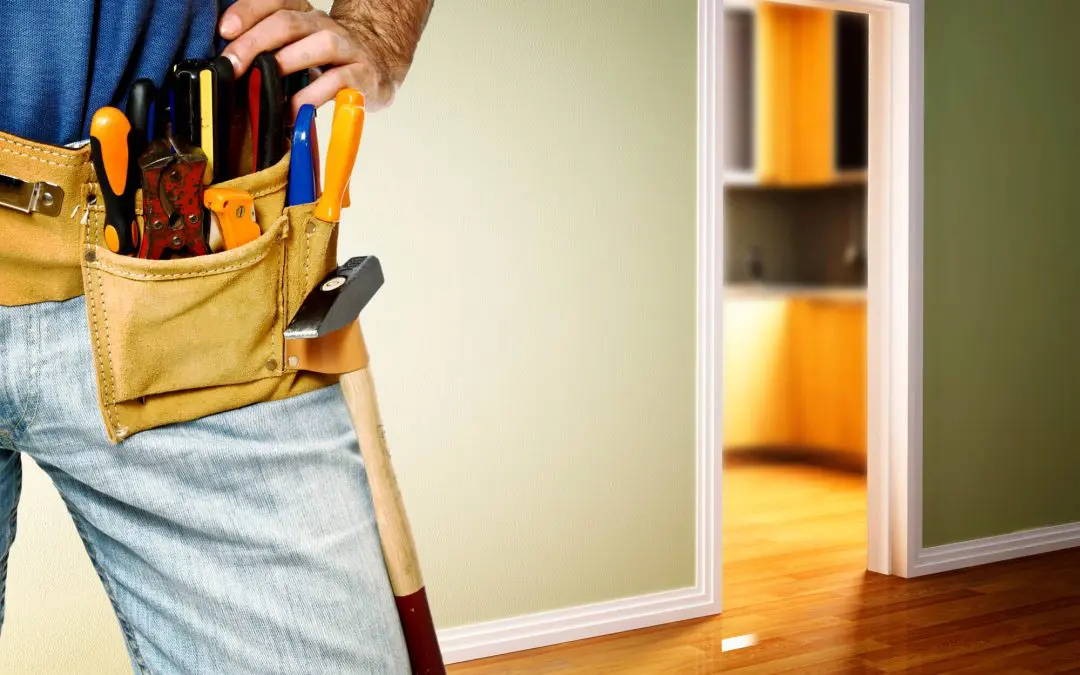Taking on DIY projects is incredibly rewarding but can also be challenging. From a simple paint job to a full bathroom remodel, homeowners who tackle improvements themselves often face pitfalls that can lead to mistakes. Understanding the most common DIY mistakes will help you avoid them and make your projects run smoothly.
Common DIY Mistakes: Underestimating the Scope of the Project
One of the biggest mistakes homeowners make is underestimating the time and effort a project requires. A task that seems simple, like replacing a faucet or painting a room, can quickly spiral into something much more complex. Many DIYers fail to account for the time needed to prep, troubleshoot unexpected issues, or wait for materials to dry or cure.
Always research the steps involved in your project thoroughly. A realistic timeline saves you from rushing, making errors, or giving up halfway through when things take longer than expected.
Using the Wrong Tools
Another common DIY mistake is using the wrong tools for the job. Improvising with your existing tools might seem convenient, but it often leads to poor-quality work. For instance, using a screwdriver to pry something open could damage the tool and the object, while using a saw that’s not designed for cutting the specific material could create uneven cuts.
Investing in the right tools will improve the final result and make the project easier. You don’t need to buy every tool; renting from a local hardware store is a cost-effective way to access the specialized equipment you need.
Skipping the Prep Work
Preparation is often the most tedious part of DIY projects, but skipping it can lead to disastrous results. Painting walls, installing new flooring, or updating cabinets without taking the time to clean, sand, or apply primer will reduce the quality of your finished product.
For example, skipping primer before painting can result in uneven coverage, peeling, or the original color showing through. Failing to level a floor before installing tiles causes cracks or loose tiles later. Take the time to prepare your workspace to get a more professional outcome.
Taking on Projects Outside Your Skill Level
It’s easy to get excited about a new DIY project, but some tasks are beyond the average homeowner’s capabilities. Taking on projects that require specialized skills, like electrical work, major plumbing, or structural changes, can lead to expensive mistakes or even unsafe conditions.
Know your limits and be honest about your skill level. Ask a professional if you’re unsure how to complete a task safely and correctly. Bringing in an expert when needed will get the job done right and could save you money.
Not Asking for Help is One of the Most Common DIY Mistakes
Many homeowners take on DIY projects to save money, but going it alone can lead to frustration or poor results. Tackling large projects like home renovations or complex installations may require extra hands. Asking a friend to help with heavy lifting or consulting a professional on tricky tasks will make the process much smoother.
Working with someone else speeds up the process and makes you less likely to make critical errors. Even experienced DIYers benefit from a second opinion or assistance on more complicated tasks.
DIY projects are a fantastic way to personalize and improve your home. By understanding the common mistakes homeowners make, you’ll approach your projects with the knowledge and preparation necessary to avoid these pitfalls. With the right planning, tools, and patience, your next DIY endeavor will succeed, adding value to your home.
FAQs on Common DIY Mistakes
How can I avoid overspending on a DIY project?
To avoid overspending, create a detailed budget before you begin. Make sure you account for all materials, tools (or tool rentals), and unexpected costs that may arise. Researching prices, shopping for materials during sales, or using discount codes helps keep costs down. Avoid cutting corners on essential items, as cheap materials often cost more in the long run.
What are some good projects for beginners to try before taking on larger tasks?
Beginner DIYers should start with projects like painting, building simple furniture, installing shelves, or basic landscaping tasks. These projects will help build confidence and skills without requiring specialized tools or advanced techniques. Once you gain more experience, you can do larger tasks like flooring, tile work, or installing new fixtures.
How do I know if I need a permit for a DIY project?
Some home improvement projects require permits for structural changes, electrical work, plumbing, or changes to your property’s exterior. Before starting, check with your local building department to see if a permit is needed. Skipping this step can result in fines or complications when selling your home.
TUFF Home Inspections provides inspection services to homebuyers and sellers in New Jersey. Contact us to schedule an appointment.

